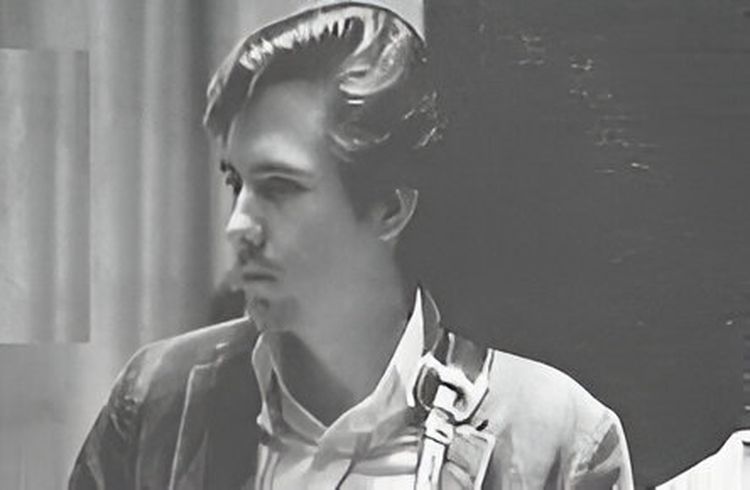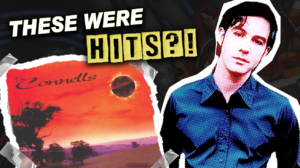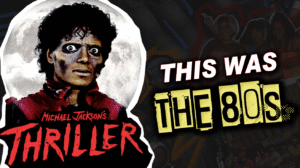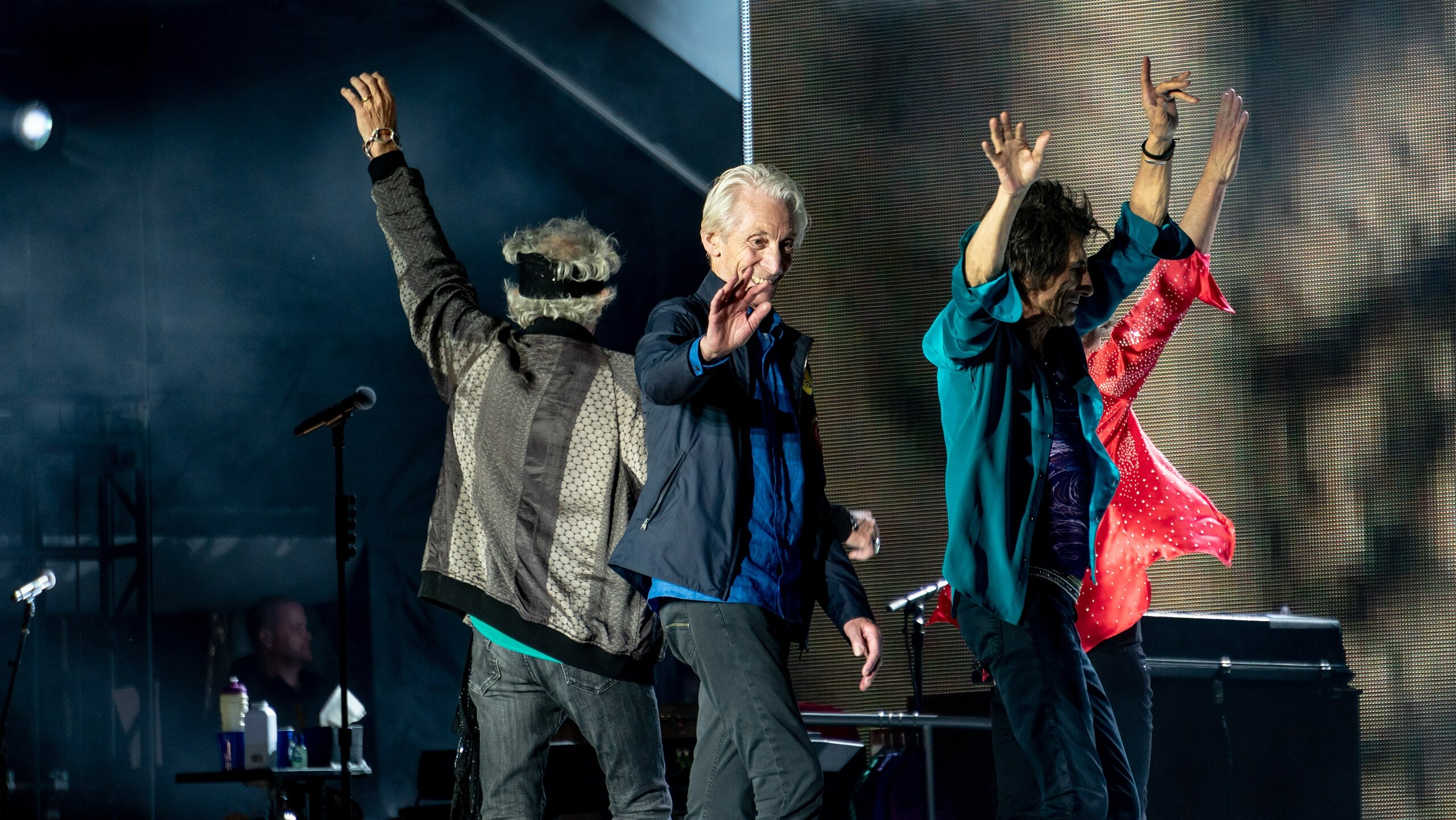
Have you ever wondered what happened to the brilliant musicians who vanished from the spotlight? Behind the legendary sounds of the 1960s lies a graveyard of forgotten talent. Creative geniuses often battled personal demons, with addiction, accidents, and bad luck claiming promising careers.
Many artists who shaped modern music died young or faded into obscurity. Their stories reveal the dark side of fame that history books rarely mention.
15. The Day the Music Died

When three rising stars boarded a small plane on a snowy Iowa night, no one knew they were flying into music history’s first great tragedy. Buddy Holly, Ritchie Valens, and J.P. “The Big Bopper” Richardson died when their plane crashed in Iowa. Bad weather and an inexperienced pilot turned a routine flight into tragedy. The musicians had just left Mason City when disaster struck.
Don McLean called it “the day the music died” in his 1971 hit “American Pie”, which was one of the most popular songs of the 70s. The crash changed music like a record skipping to an unexpected groove. McLean’s immortalizing of this tragedy in “American Pie” ensured these pioneers would influence music long after their final flight.
14. Brian Jones

If you’re fascinated by unsolved mysteries, Brian Jones’s 1969 swimming pool death offers more questions than answers. Officials labeled it “death by misadventure” when they found him drowned in his swimming pool. The star’s system was loaded with substances that clouded his judgment.
His autopsy revealed a liver twice normal size after partying hard that night, while some friends whispered about foul play, noting that construction worker Frank Thorogood reportedly argued with Jones over money. His death remains unsolved, but his multi-instrumental innovations revolutionized how many of the incredible 70s bands approached studio recording.
13. The Beatles’ Disbandment

The Beatles’ spectacular implosion created four solo careers that expanded their collective genius in new directions. Seven years after “Please Please Me” hit shelves in 1963, the magic ended. Their final albums “Let It Be” and “Abbey Road” came as the band was falling apart at the seams.
Tour fatigue crushed their desire to perform live after 1966. Manager Brian Epstein’s overdose death left them rudderless. Then came the management wars: Lennon, Harrison, and Starr backed Alan Klein while McCartney pushed for his in-laws, the Eastmans. The band lasted just seven years but permanently altered popular culture more than groups with careers five times as long.
12. Jackson C. Frank

Obscurity threatens to erase important musical pioneers, but Jackson C. Frank’s tragic story teaches essential lessons about fame’s dark underbelly. Childhood trauma from a furnace explosion left him scarred. At 21, a $100,000 insurance payout funded his move to England and brief music career. Then the money ran out. His talent couldn’t save him from homelessness.
Later, blindness in one eye came from a random shooting, and Frank vanished until a determined fan found him living rough. This rediscovery sparked a short creative revival. If you’re searching for music’s most heartbreaking story of potential cut short, Frank’s journey from promise to homelessness stands as a sobering cautionary tale.
11. Janis Joplin

At just 27, Janis Joplin left behind a vocal legacy that artists still struggle to match decades later, though her fierce talent couldn’t protect her from addiction. On October 4th, 1970, her body was found in a Hollywood hotel room, another entry in music’s cursed club.
Hotel staff discovered her with cigarettes and cash still clutched in her hand. Word spread that an unusually strong heroin batch had claimed her. Her voice—that raspy, soul-shredding howl that could make speakers tremble—went silent forever. When modern female vocalists push vocal boundaries with raw emotion, they’re all drawing from the blueprint Joplin created in her brief 27 years.
10. Patsy Cline

Patsy Cline’s groundbreaking cross-genre appeal transformed country music while creating a template for female artists that endures today, but the plane crash took her at just 30 years old when her powerful voice should have filled arenas for decades more, leaving fans with only memories and what-ifs.
The Country Music Hall of Fame broke tradition by inducting her in 1973—their first female honoree—and today’s country stars still name her as their north star. The Patsy Cline Museum showcases her Carnegie Hall and Las Vegas triumphs. Her voice transcended the crash that claimed her life, influencing six decades of female vocalists across all genres.
9. The Altamont Free Concert

When 300,000 music fans gathered at Altamont Speedway in December 1969, they witnessed not just a concert but the violent end of the peace-and-love era. Altamont was supposed to be Woodstock West. Instead, it became a nightmare that looked like someone hiring wolves to guard sheep.
The killer lineup featured The Rolling Stones, Jefferson Airplane, CSNY, and Santana, but then came the brilliant idea to hire Hells Angels for security—paid in beer. The Grateful Dead saw the gathering storm and fled before playing, while Mick Jagger tried playing peacemaker as Angels beat fans with pool cues. This disastrous event transformed concert security practices, replacing casual arrangements with professional protocols that protect audiences today.
8. Bobby Fuller

Mysterious deaths often get forgotten over time, but Bobby Fuller’s gasoline-soaked demise continues to puzzle music historians after five decades. July 18, 1966: the 23-year-old “I Fought the Law” singer was found dead in his car. The vehicle reeked of gasoline outside his Hollywood apartment.
Police rushed to call it suicide, though they backpedaled later, changing the ruling to “accidental.” Decades later, fans still trade theories about what really happened—Fuller fought the law in his hit song, and some wonder if someone connected to the law fought back. Fuller’s mysterious death created an enduring mystique that keeps new generations discovering his pioneering Texas rock sound.
7. The Rolling Stones Bust

Today’s celebrities seem scrutinized, but the 1967 drug raid on Keith Richards’ home shows how authorities once targeted rock stars with military precision. Police stormed Keith Richards’ Redlands estate like they were busting Al Capone instead of musicians with pills. Chief Inspector Gordon Dineley seemed determined to make examples of rock’s bad boys.
The timing stank: Jagger was already battling “News of the World” in court when the judge slapped him with a 100-pound fine plus 3 months behind bars for a few pills, while Richards faced steeper penalties: 500 pounds and a one-year prison sentence. This high-profile case strengthened the Stones’ rebellious image, translating legal trouble into cultural currency that boosted their popularity.
6. The Payola Scandal

The music business showed its dirty underbelly when the Payola Scandal broke. The word itself—a mashup of “pay” and “Victrola”—described DJs taking cash to play specific records. Shocking, right? Radio personalities getting paid to promote things? (Next you’ll tell me influencers don’t really use those skincare products.)
Congress launched investigations in 1959, when rock pioneer Alan Freed took the fall on bribery and tax charges while Dick Clark saved himself by dumping his music business interests but kept “American Bandstand.” Same crime, different outcomes—like watching two people get caught speeding when one knows the sheriff. This scandal permanently altered music promotion rules, ending an era when cash directly determined radio success.
5. Teen Tragedy Songs

Parents freaked out when their kids started grooving to songs about death. Teen Tragedy tunes paired catchy beats with lyrics about young lovers meeting violent ends. Morbid? Sure. Popular? Absolutely.
The Shangri-Las made motorcycles sound deadly in “Leader of the Pack,” while Wayne Cochran’s “Last Kiss” turned car crashes into romantic tragedy, giving teenagers permission to process fears about mortality while dancing. While parents worried these songs glorified reckless behavior, they actually provided teenagers a safe way to process fears about mortality.
4. Jimi Hendrix

Guitar playing had become predictable by the mid-1960s, but Jimi Hendrix shattered conventions with techniques that guitarists still study today. His journey ended on September 18th, 1970, when sleeping pills and bad luck combined fatally. He choked on his vomit in a London apartment. Another member of the 27 Club checked in.
Legal trouble had followed him like a shadow—Toronto police had recently charged him with drug possession—and his final night unfolded at the Samarkand Hotel apartment with his girlfriend Monica Dannemann. Hendrix’s revolutionary techniques permanently expanded the guitar’s sonic possibilities, creating entirely new musical vocabularies for generations of players.
3. Otis Redding

Step into a scene where talent ended too soon. Redding died in a plane crash on December 10, 1967, when he was tragically only 26 years old with nearly 10 studio albums of music prepared for future release.
He recorded “Dock of the Bay” just weeks before, on November 22nd, 1967, before his plane crashed into Lake Monona near Madison, Wisconsin. For those curious about Redding’s lasting impact, just listen to how his vocal approach shapes soul, rock, and R&B singers more than fifty years after his plane went down.
2. Sam Cooke

Black musicians rarely controlled their business destinies until Sam Cooke pioneered artist ownership by launching his own record label and publishing company, using his smooth voice to carry him to 29 top-40 hits by age 33 when most Black artists were just happy to get a contract.
December 11, 1964 ended it all at a seedy Los Angeles motel when motel manager Bertha Franklin shot him after what she claimed was an attack, with police quickly labeling it justifiable homicide. Many questions remain unanswered—like a mystery novel with the last chapter torn out. Without Cooke’s business innovations and vocal techniques, the entire landscape of Black music ownership would look dramatically different today.
1. Beatlemania and the John Lennon Controversy

When John Lennon casually compared The Beatles’ popularity to Jesus Christ during a 1966 interview, he inadvertently sparked international outrage and record burnings among four working-class lads from Liverpool who triggered mass hysteria wherever they went—The Beatles weren’t just musicians, they were cultural earthquakes reshaping the landscape.
“We’re more popular than Jesus now,” he told a British journalist on March 4, 1966, prompting Southern preachers to call for Beatles boycotts faster than you can say “moral panic” as record burnings lit up church parking lots, though Lennon apologized but the damage stuck. This controversy forced mainstream America to confront popular music’s influence, ultimately strengthening rather than diminishing The Beatles’ cultural impact.





















